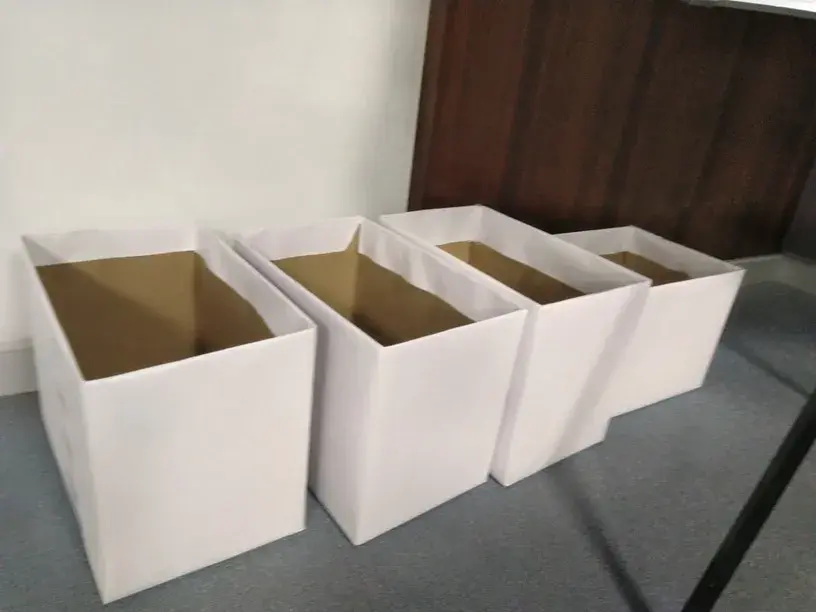I have been working with product management teams as well as engineering teams to help them adopt Agile practices for many years now.
This story is from one of my early engagements.
The teams that I was coaching wanted to explore some product management concepts – as they were working on a new concept and wanted to create a winning proposal for their leadership team, to get approvals for funding.
After a few conversations with the stakeholders, we decided to run a hands-on workshop covering the full life cycle – from concept to consumption.
It was a fun workshop with many activities and interactions, based on the theme of ‘Outcome based product management’
We started with the need to understand the users and the jobs they need to get done, spent some time on the importance of empathy and how to develop the skill to observe and listen and interact with open ended questions, to better understand the ways of working and also the conditions in with the users are getting their tasks completed as well as the goals of their role, to help design effective interfaces to minimize friction etc etc etc
Then it was time to articulate the value proposition – to make it clear to anyone, what problem we will be solving and what would differentiate our solution from anything else that [may] exist.
The next major activity was the ‘Product in a box’ exercise.
In a way, after all the out-of-box thinking, the teams were expected to package their product in a box – to help someone just pick it off a shelf.
This meant that they had to bring out all the key messages associated with the product by depicting them suitably on the surface of the box.
I usually give the teams some empty cereal boxes that they can cover with white paper and write / draw the key messages.
This is a very interesting activity that always gets the teams to create focused pitches.
The intent – as I mentioned – was to create a pitch to the leadership team, to secure funding.
I had asked the housekeeping team if they could get me some cereal boxes, covered with white paper.
They said yes – as they get cereal for the pantry spaces on all the floors every day and they had enough boxes.
The next morning, as we entered the classroom, I found cereal boxes wrapped in white paper – as requested, neatly lined up near the whiteboard.
Oops! I told myself.. where did I go wrong – I had asked for cereal boxes and these seem to be BIG cartons! Just look at the picture above!
A quick conversation with the housekeeping in charge taught me the importance of practicing what I used to teach.. of communicating clearly, of not making assumptions, or, if any assumptions are made, validating them and, mot importantly, using the language or context of the listener [or the persons you are communicating with] to ensure that they can map it to something familiar and reconfirm their understanding.
In this case, I had assumed that cereal boxes all were pretty similar, irrespective of the brand and product – which was quite correct, in the context of a retail consumer.
The housekeeping person interpret that as the boxes that cereals come in – and, what he gets are wholesale packs!
This turned out to be a good, live example for the class to understand the importance of context in communication – whether it is to understand the needs of a user or to communicate requirements with the development team.
Do you have any such stories of misunderstanding when the context is not clear?
Do share.
Thanks.
p.s.
if you are curious how that session turned out… it was very impactful – particularly since we moved it be a post lunch session.
The activity kept everyone awake and engaged.
We could find some other boxes [we ordered pizzas and used the pizza boxes as a substitute ]
One way to better understand the context in communication is to be mindful in your interactions, to increase empathetic listening. The sensewalk technique described as part of our mindfulness resources can be a starting point.





One Response
Simple, yet impactful story